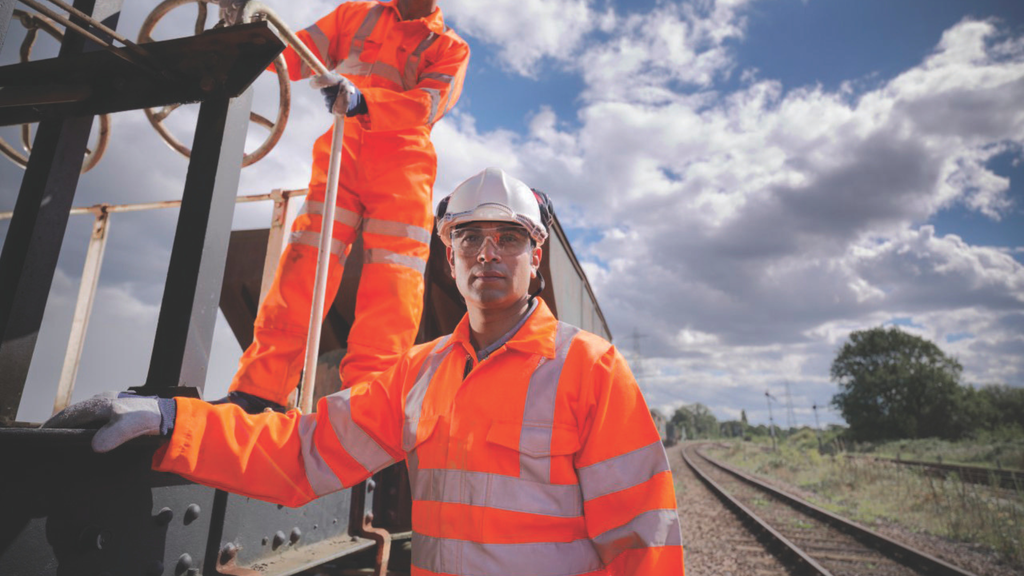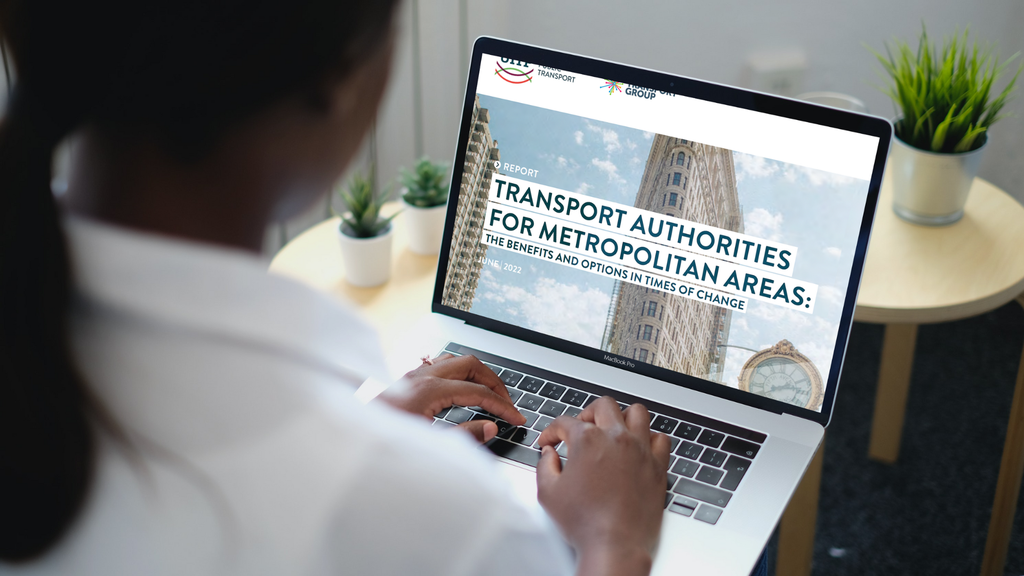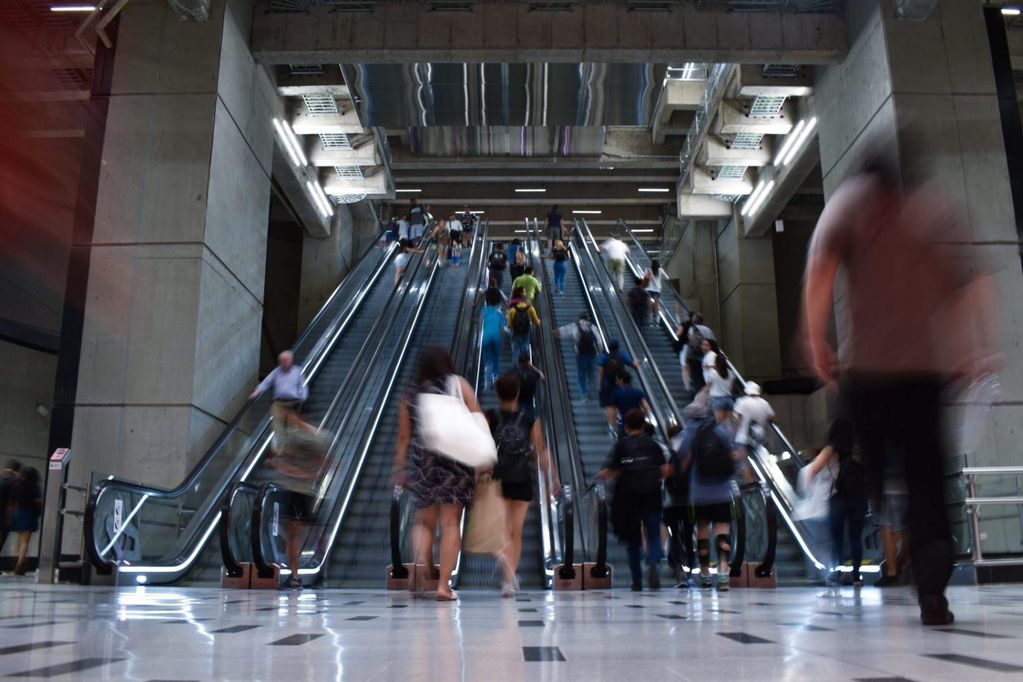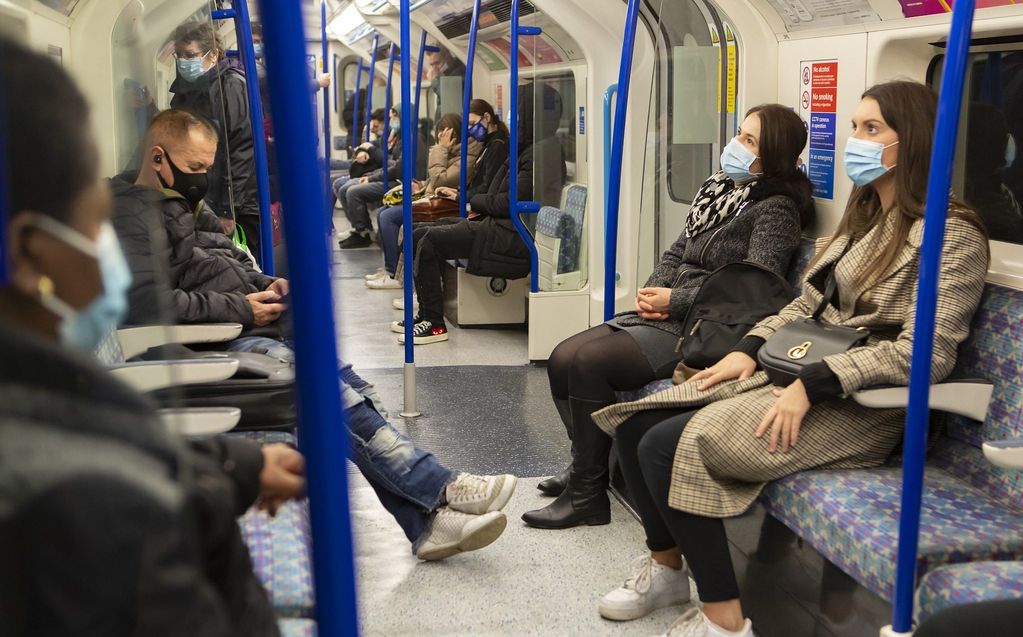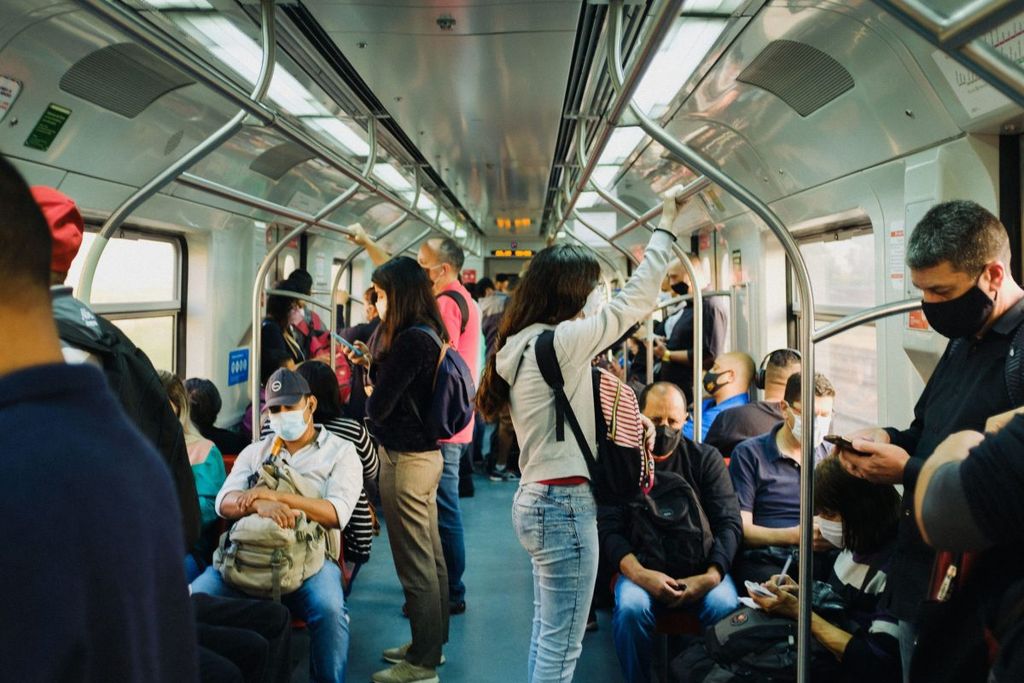
Revising the economic model: 'New Normal' mobility is here to stay
Home working, online shopping and driving oneself from A to B
As we settle into our post-covid lifestyle, many of us are happier with the increase in home-based activities and greater flexibility in our private life. But for the public transport and shared service sector, this had led to structurally lower ridership levels and fare revenue collection.
Building upon the experiences of UITP members, the Transport Economics Committee has spent the past year looking at how to counteract the revenue crisis that authorities and operators are facing worldwide, with truly sustainable economic models. The results of their work have been summarised in the Knowledge Brief, ‘What does ‘new normal mobility’ look like?‘
Without major changes, the industry will enter a phase of slow growth
By the end of 2022, public transport ridership figures had settled at 90% of 2019 levels globally, with revenue collection around 87%. The estimated requirement of capital expenditure for the industry amounted to €150 billion per year for network development, energy transition and electrification and customer experience improvements.
The structural financial gap caused by changes in mobility behaviours has brought investments to a halt and heavily affected the capacity of Public Transport Agencies to ensure their long-term financial sustainability. Lately, this trend has been accentuated by inflation – which is affecting energy prices – and labour shortages. Without major changes, the industry will enter a phase of slow growth and investment deficits, ultimately detrimental for passengers and cities alike.
A survey of 71 UITP members in 2022 showed that 50% of respondents declared losses ranging from 10-30% compared with pre-COVID-19 levels. This is confirmed by the accounts of operators and authorities facing difficulties reaching their targets. By March 2022, farebox collection for MTA New York was at 61% of pre-COVID-19 levels for the same period, while Île-de-France Mobilités closed the year 2022 with an-almost €1 billion deficit in its operating budget.
The same member survey indicated that respondents across all regions have reduced investments to adapt to new realities, with only 44% maintaining previous investments in the event that supra-local grants become available. This means that by 2025 – if the current situation is sus¬tained – the industry will have already accumulated billions in investment deficits.
As our industry faces unprecedented capital investment for the energy transition, customer experience enhancements and network developments, the New Normal economic impact has hindered transport authorities’ capacities. Understanding the value we create for cities is key to propose new, sustainable business models for public transport to flourish. This can only be done when authorities, operators and cities work together.
Long-term sustainable solutions?
The combination of reduced revenues and a restricted budget position at local level means that both public transport agencies and city governments are now more dependent on regional or national funding than ever before.
While the immediate recovery from the pandemic was relatively quick, the social changes the pandemic brought about will depress revenues into the medium and long-term. This loss of revenues comes at a time when capital investment requirements to meet the growing environmental challenges are high, including enhancements to encourage modal shift and the decarbonisation of the bus sector. We can expect the budget gap to become larger, meaning new solutions are necessary.
There are approaches around fare revenues and costs, and these should probably be considered first. Authorities and operators are now facing reductions in revenues that can be survivable through adaptation and some external help.
The part of overall costs covered by passenger revenues and revenues from ancillary activities has remained static for many operators and authorities. Experience suggests reducing fares does not have a long-term impact in increasing ridership and is not financially sustainable. Fares should be adjusted to inflation, when possible, although the changes in travel patterns offer room to consider new models of season tickets and reconfiguring fares to reflect the change in peak/off-peak travel.
That takes us to the part of the business model that looks at the value of the industry to society and its stakeholders. Previous work has shown that urban and public transport services in Europe contribute between €130-€150 billion per year, or 1.0-1.2% of GDP, and that the economic benefits of public transport are five times greater than the money invested in it. The Knowledge Brief publication shares possibilities for asking beneficiaries of public transport, such as households and collective actors, to contribute towards improving transport accessibility.
For example, in Bogota, property owners pass back to the local government a share of any increases in property prices that are the direct consequence of public investment in the area. Added value participations, amounting to up to 50% of the estimated added value, are captured when building permits are implemented or when a property is sold. This has provided Bogota with a stable source of income to invest in major transport infrastructure developments.
Join us for the Funding & Financing Training Programme
UITP and Transport for London are hosting a training on Funding and Financing 14-16 November in London.
- Understand why it isimportant to invest in a good public transport systemfor the benefit of the city and region, using london as a best practice
- Introducingkey concepts and principlesof funding a good public transport system and their potential contradictions
- Discover different ways of building afunding strategyat the city level
- Learn about the differentfunding levers and financial mechanismsavailable to authorities and operators
- …and much more!
Membership benefits

